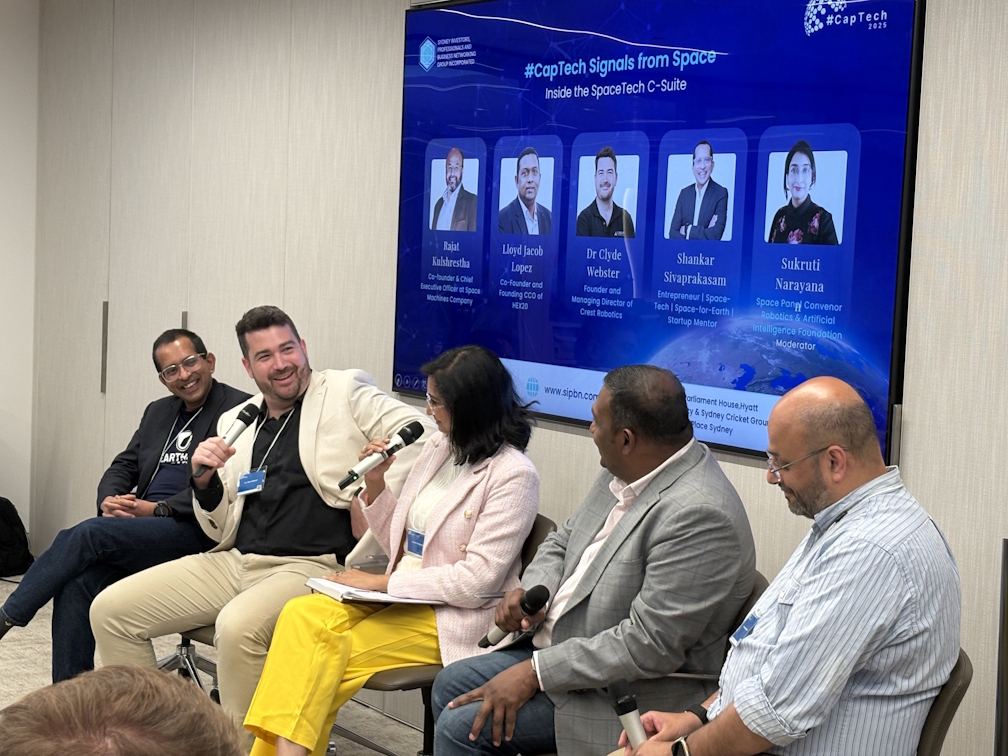Why Pre-Settlement Funding Keeps Showing Up in Business Headlines

Delays in civil courts have grown longer, verdicts are getting bigger, and the average American household is nursing record-high revolving debt. Put those three trends together and you have fertile ground for pre-settlement funding—a non-recourse cash advance that plaintiffs draw against a potential recovery. What began as a niche service for personal-injury litigants is now a multibillion-dollar financial product watched by insurers, private-equity desks, and policy-makers alike. Verified Market Research pegs the U.S. pre-settlement–lawsuit funding market at roughly $17.8 billion in 2023, with double-digit compound annual growth projected through 2031.
How It Works in Plain English
A funder reviews a plaintiff's claim, contracts for a slice of the eventual recovery, and wires money, often within days. If the case is lost, the plaintiff keeps the advance and owes nothing. Because repayment depends solely on a successful outcome, the transaction is classed as “non-recourse,” distancing it from traditional consumer loans that fall under usury caps. That distinction also explains why funders price risk aggressively: capital is tied up for years, and losses can hit 100 percent.
The Appeal for Claimants
For an injured worker waiting on surgery or a small business forced into litigation by a supplier dispute, liquidity can be existential. Pre-settlement financing covers rent, payroll, or medical copays so plaintiffs aren't cornered into accepting the first lowball offer from a deep-pocketed defendant.
The Investor's Angle
From an asset-management perspective, lawsuit-backed receivables have two qualities that portfolio managers love: returns are largely uncorrelated with equity markets, and duration stretches three to five years, matching long-dated liabilities. Boutique litigation-finance funds now pitch this decorrelated yield to pensions and family offices—another reason the sector keeps landing on international business pages.
Regulation: A State-by-State Patchwork
Because pre-settlement funding is structured as an asset purchase rather than a loan, federal regulators have taken a light touch. States, however, are moving fast. Nevada created a dedicated licensing regime (NRS 604C) that caps fees and mandates annual reporting; every contract must warn consumers that the advance is not a loan and may be subject to attorney approval. In New York, the proposed Consumer Litigation Funding Act (A115) would require registration, impose clear disclosure rules, and bar prepayment penalties. Roughly a dozen other legislatures—from Arkansas to West Virginia—are studying similar bills, driven by lobbying from both defense-side insurers and consumer-rights groups.
Risk Management and Best Practices
The American Bar Association's 2020 “Best Practices for Third-Party Litigation Funding” stresses robust due diligence, transparency between lawyers and funders, and documentation that avoids conflicts with Model Rule 1.8(e). Sophisticated funders therefore build multidisciplinary teams: former claims adjusters to model downside exposure, attorneys to vet privilege risks, and underwriters who monitor settlements by venue and injury type.
Funding's Effect on Negotiation Dynamics
Pre-settlement capital can lengthen the bargaining timeline. When immediate cash pressure eases, plaintiffs feel less compelled to settle early. Defense counsel, aware of that leverage shift, may opt for deeper merits evaluations or explore alternative-fee structures of their own. For corporate defendants, the takeaway is strategic: early disclosure demands and realistic settlement ranges become even more valuable when the claimant is no longer cash-starved.
Integrating Funding With Claim-Optimization Strategy
Securing financing is only half the equation; a larger settlement still hinges on disciplined case preparation. Before signing any funding contract, many attorneys point clients to guidance on ways to maximize a legal claim. Tight document retention, prompt medical follow-ups, and well-supported economic-loss calculations all raise the claim's expected value—ultimately benefiting both plaintiff and financier. The lesson for business readers is straightforward: funding is a tool, not a substitute for solid litigation fundamentals.
Key Metrics That Matter to Capital Markets
1. Duration risk
Median personal-injury cases in congested jurisdictions such as Florida hover around 20 to 24 months from filing to resolution. Funders price the time value of money accordingly.
2. Loss-given-default (LGD)
Because advances are non-recourse, LGD equals 100 percent on unfavorable verdicts, so portfolio-level diversification is critical.
3. Regulatory overhang
Each new statute creates compliance costs but can also legitimize the sector, expanding institutional participation—similar to how payday-lending caps eventually helped large, regulated players consolidate market share.
What Global Business Leaders Should Watch
Although pre-settlement financing is U.S.-centric today, the concept echoes developments in international arbitration finance, where cross-border claims often rely on third-party capital. Global insurers already track U.S. verdict inflation when setting reserves. Add litigation-funding growth, and the defendants' cost calculus shifts again—raising D&O and general-liability premiums worldwide. In other words, even companies with no direct U.S. litigation exposure may feel ripple effects in their risk budgets.
Final Thoughts
Pre-settlement funding has matured from back-office novelty to mainstream financial instrument. For plaintiffs, it can bridge a make-or-break cash gap. For investors, it offers diversification against public-market volatility. And for corporate counsel and risk managers, it changes how settlement leverage is calculated. Staying current on evolving state rules—from Nevada's licensing model to New York's pending disclosure mandates—will be essential as the space continues its rapid institutionalization.







